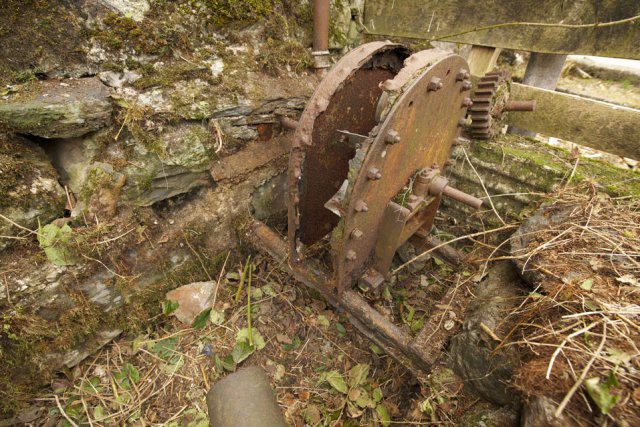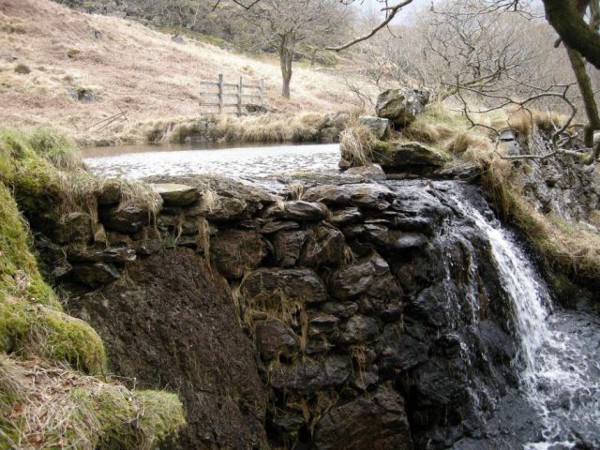

Keith Jones is a man who likes nothing more than talking about what he call “hydros”–waterwheels that are scattered across the rural estates of the United Kingdom by past Victorian owners. Aptly, he’s the U.K. National Trust’s environmental advisor in Wales, and is spearheading a project to search out these moss- and grass-covered hydroelectric generators from a time when Britain led the world in feats of engineering.
Jones’s work began three years ago when Hafod y Llan, the National Trust farm on Wales’ tallest mountain Snowdon, received planning permission for a 20-kilowatt hydro system. Instead of building new machines, the Trust found that using existing infrastructure constructed over 120 years ago would be much more efficient. As it turns out, the Victorians knew a thing or two about energy productivity.

In 1892, Sir Edward Watkin completed a small hydro system on the southern flanks of Snowdon to supply electricity to his chalet. Flash-forward to 2011, and, after investigating the site, the project team found itself stumbling across the very same turbines Watkins had created, thought to have been destroyed many years back. Now, several features from Sir Edward Watkin’s small 19th-century hydro system, like its small lake and original pipe work, will be used as part of 21st-century technology.
Snowdon may have been the catalyst for the so-called Hidden Hydros project, now Heritage Lottery Fund-supported, but it was only the beginning for Jones and the National Trust. Although strictly the project’s manager, by uncovering secret hydros from the past Jones also sees himself as something of a “treasure seeker.” And in the wilderness of North Wales there are plenty of riches to uncover.
“I now have a list of some 270 [found] hydros, but I also know there are a few hundred more,” said Jones, who keeps an up-to-date blog on his many findings and discoveries across the length and breadth of North Wales. “The thing which floats my boat has been the sites which once were highlighted and have then gone on to be reenergized. For example, a large, 1929 Gilkes turbine I tripped over on Flickr near the small town of Bethesda now has been used to power an air compressor for the largest slate quarry in the world and has gone on to be a community hydro for the town,” he said.
Though Wales is his domain, Jones has looked into other National Trust sites across the United Kingdom, too. Castle Drogo, Patterson’s Spade Mill, Wattendiath, and Quarry Bank Mill have all rediscovered their hydro heritage and been turned into assets for the 21st century. Whereas the latter’s founder, an industrial entrepreneur named Samuel Greg, saw the benefit of harnessing the power of the River Bollin to drive the huge water wheel that would in turn power the mill’s cotton looms, more than two centuries later the Trust is working to take the power scheme in a new direction. Instead of servicing long-silenced looms, the Bollin now powers a Kaplan turbine installed almost 100 feet downstream from the weir.
While no doubt an enthusiastic hydro hunter, Jones is sure there’s still much to learn from the topic. “One of the researchers I’ve had chats with has been working on the subject for 30 years to date “¦ I suppose I have a while to go!” he said. Who knows how many hydros there may be left to uncover–and whether in a few hundred years time, someone else will be rediscovering the systems Jones and his team are installing today.


How We Get To Next was a magazine that explored the future of science, technology, and culture from 2014 to 2019. This article is part of our Power Up section, which looks at the future of electricity and energy. Click the logo to read more.
